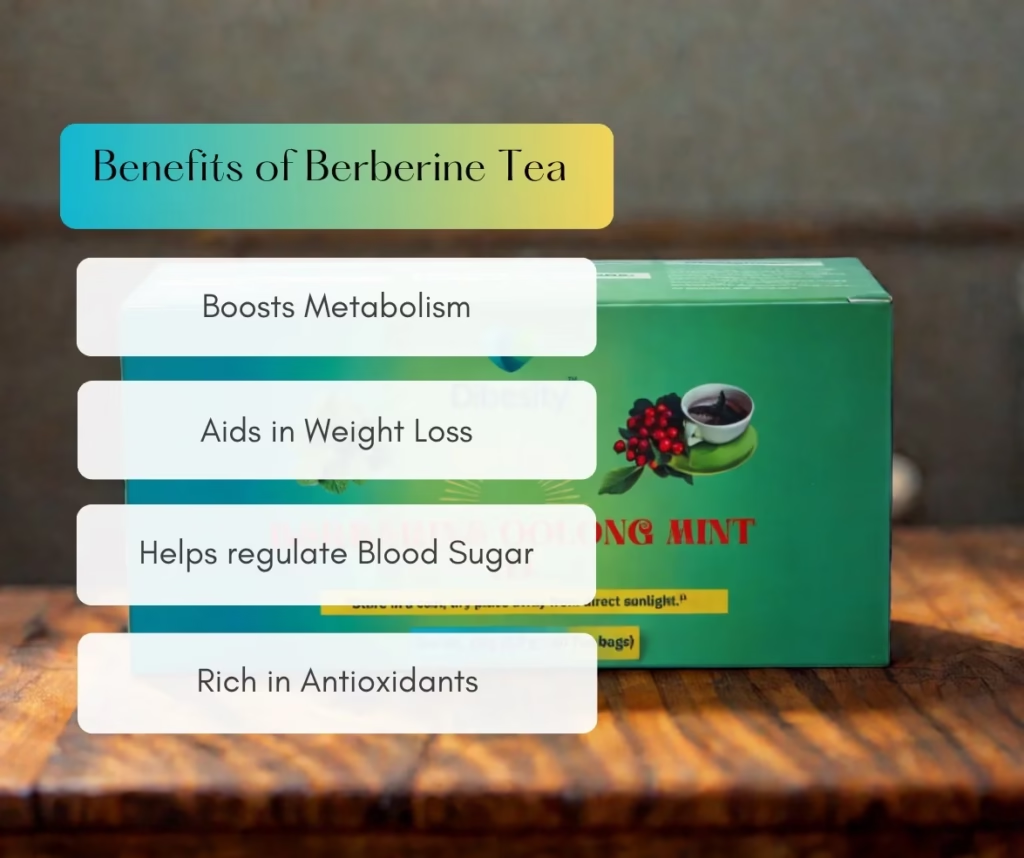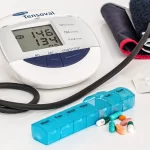Type 2 diabetes is managed with oral antidiabetic medications. However, some patients may not achieve optimal glucose control despite maximum medications and require insulin. The best insulin for type 2 diabetes is the one that has the following properties:
- Safe and effective
- The number of injections per day is minimal
- Has the smallest needle size and hurts less
- It is available in prefilled pens and has easy-to-adjust doses
- It is easily available and less costly
Which insulin is the safest of all?
Insulin is the safest drug to treat diabetes. However, if the dose is not properly calculated, it may cause the blood sugars to drop to critically low levels, resulting in serious hypoglycemia.
Hypoglycemia is the number one effect (or side effect of Insulin. It can occur with any insulin, but is more common with insulins that have a peak effect.
Basal insulins without a peak effect are less likely to cause hypoglycemia compared to prandial insulins. Thus, peakless insulins with the longest half-lives are considered the safest of all in terms of the risks of hypoglycemia.
Here is a table of insulins with the lowest risk of hypoglycemia and the highest risk (in descending order from lowest to highest risk):
Insulins | Lowest risk of hypoglycemia in descending order |
| Peakless Insulin | Insulin Icodec |
| Insulin Degludec (Tresiba) | |
| Insulin Glargine U-300 (Toujeo) | |
| Insulin Glargine U-100 (Lantus) | |
| Insulin Detemir (Levemir) | |
Insulin with a Peak | Insulin NPH |
Premixed Insulins:
| |
| Human Regular Insulin Rapid-acting Insulins Ultra-rapid-acting Insulins |
Basal insulins may reduce the fluctuations in blood glucose and are less likely to cause hypoglycemia, however, the risk of post-meal hyperglycemia is also higher with basal insulins.
Short-acting insulins are best to treat post-meals (after breakfast, after lunch, and after dinner) hyperglycemia, while basal insulins are more effective in lowering fasting blood glucose levels.
There is a risk of hyperglycemia (high blood glucose) with basal insulins if a person is using only basal insulin.
Another safety concern is an allergic reaction, which is more common with Human Regular Insulin and Human NPH Insulin.
The safety of different insulins in pregnancy is given in the table below:
FDA Pregnancy Risk Categories:
- N: Not studied
- C: Not studied in human pregnancies, but animal studies have shown adverse events, and hence should only be used if benefits outweigh the risks
- B: Not adequately studied in humans, but in animal studies, no risks observed.
Insulin | Pregnancy Risk Category |
Ultra-rapid-acting insulin | |
| Inhaled Insulin Afrezza | N |
| Insulin FiAsp | N |
| Insulin Lispro-aabc (Lyumjev) | N |
Rapid-acting Insulins | |
| Insulin Aspart | B |
| Insulin Lispro | B |
| Insulin Glulisine | C |
Short-acting Insulin | |
| Human Regular Insulin | B |
Intermediate-acting Insulin | |
| NPH Insulin | B |
Basal Insulins | |
| Insulin Detemir | B |
| Insulin Glargine | C |
| Insulin Degludec | C |
Once-weekly Insulin | |
| Insulin Icodec | N |
Which Insulin is the most effective?
All insulins are very effective in lowering the A1C if prescribed in the right dose to the right person. The insulin regimen may change as the blood sugars go up.
It is generally recommended to start with basal insulin at bedtime along with oral diabetes medications in patients with type 2 diabetes mellitus.
Once the basal insulin dose exceeds 60 to 80 units per day, then twice-daily or thrice-daily insulin regimens are initiated.
For example, a person is on metformin 1000 mg twice daily and Glimepiride 4 mg once daily with an A1C of 10.2%.
This person should ideally be treated with an intensified insulin regimen consisting of three rapid-acting insulins and basal insulin along with metformin.
However, adding basal insulin to the oral anti-diabetic treatment regimen is one good option.
Breakfast | Dinner | Bedtime | |
| Before meals | Amaryl 4 mg | – | – |
| After meals | Metformin 1 gm | Metformin 1 gm | – |
| Blood glucose is uncontrolled, add basal insulin: ⇒ | Insulin Tresiba 10 U | ||
The dose of Tresiba should be increased by 2 units at bedtime every 2 to 3 days until the target fasting blood glucose is achieved.
If the same person has poorly controlled blood glucose despite basal insulin treatment, the regimen may be changed to either of the following, based on the patient’s preferences.
| Premixed insulin before meals (e.g., Inj. Novmix-30) | Breakfast | Dinner |
| Oral Drugs after meals | Metformin 1 gm | Metformin 1 gm |
| Premixed insulin before meals (e.g. Inj. Novmix-30) | 24 units | 16 units |
When prandial insulin or premixed insulin treatment is initiated, insulin secretagogues like Glimepiride are generally stopped. | ||
If the patient is highly motivated, the following intensified insulin regimen may be initiated:
Diabetes Medications | Breakfast | Lunch | Dinner | Bedtime |
| Oral Drugs after meals | Metformin 1 gm | – | Metformin 1 gm | – |
| Rapid-acting insulin (Inj. Novorapid, Inj. Humalog, Inj. Apidra) | 14 units | 14 units | 12 units | – |
| Basal Insulin is usually given in a dose equivalent to the total prandial insulin dose. For example, a person requires 80 units of insulin per day, about 40 units are given as basal insulin, and the rest is divided into three different meal times. Once weekly Semaglutide (Ozempic) is one of the best options to add with insulin to reduce the weight-gain effect of insulin. | Inj. Tresiba 36 units | |||
The dose of insulin is different for every person and depends highly on the patient’s diet, exercise, stress levels, body weight, and underlying insulin resistance.
Best Insulin for Type 2 Diabetes based on the least number of injections required
Insulins with the longest half-lives are administered less frequently than those with the shortest half-lives.
Basal insulins are usually administered once a day, while prandial insulins are administered with each meal.
In addition, inhaled insulin is an attractive option, but people are not usually comfortable using inhaled insulin. Secondly, they are associated with lung toxicity, especially in individuals with underlying lung disease.
The table below shows the number of insulin injections required if you are on an insulin regimen containing any of the following regimens:
Insulin Injections Per Day | Insulin Type |
| Once-weekly Injection | Insulin Icodec |
| Once-Daily Injection | Insulin NPH |
| Insulin Degludec (Tresiba) | |
| Insulin Glargine U-300 (Toujeo) | |
| Insulin Glargine U-100 (Lantus) | |
| Insulin Detemir (Levemir) | |
| Injection Ryzodeg | |
| Two Insulin Injections per day | Insulin NPH |
Premixed Insulins:
| |
| Three Injections per day Usually combined with basal insulin. So the total number of injections per day is four. | Human Regular Insulin Rapid-acting Insulins Ultra-rapid-acting Insulins |
Which Insulin hurts less?
It is not the insulin but the needle size, the number of injections, your skin sensitivity, and the injection technique.
Insulin needle size is one of the main factors associated with injection site pain. The human skin is only 2 mm thick. Therefore, according to the latest recommendations, insulin needle sizes should range between 4 mm and 6mm in size, and the needle gauge should be between 29 G and 32 G.
The greater the Gauge, the thinner the needle, and hence the less painful it is.
Some of the well-known insulin needle brands with needle sizes and gauges are given in the table below:
Company | Insulin Needles | Insulin needle sizes (mm) | Insulin Needle Gauge |
| BD UltraFine needles | BD Ultrafine Needles | 4, 5, 6, 8, and 12.7 | 29 – 31 G |
| BD Nano Pen Needle | 4 | 32 G | |
| Nano 2nd Generation pen | 4 | 32 G | |
| Autoshield Duo Pen needle | 5 | 31 G | |
| Owen Mumford | Ultrafine Pentips | 4, 5, 6, 8, and 12 | 29 – 31 G |
| Pentips Plus | 4, 5, 6, 8, and 12 | 29 – 32 G | |
| Safe Control | 5 and 8 | 29 – 32 G | |
| Novo Nordisk NovoFine Pen Needles | NovoFine | 6 | 29 – 32 G |
| NovoFine Plus | 4 | 29 – 32 G | |
| NovoTwist | 5 | 32 G | |
| NovoFine Autocover | 8 | 30 G |
Kids and lean diabetic patients should use the smallest needle sizes with the greatest Gauge (the thinnest needle) to avoid the feeling of getting pricked.
Apart from the needle size, the insulin injection technique also matters. Insulin should be injected right away (as fast as possible) and at 90 degrees (keeping the pen or the syringe straight). Injecting slowly and at an angle may result in more pain.
Insulin should be injected into the skin around the umbilicus (about 3 to 5 cm away from the umbilicus), thighs, or upper arms. However, it is best to inject it into the skin of the tummy and the thighs. Injecting into the forearms and calves may hurt the most.
Lastly, insulin should not be injected into the skin that is inflamed, infected, indurated, scarred, or thick. It should be injected into normal skin. The site of injection should be rotated in order to reduce the chances of skin lipohypertrophy.
Insulin Pens and Availability:
Insulin pens are devices that have a fixed number of units. Patients just have to rotate the unit gauge to adjust their insulin dose and inject it.
On the contrary, insulin injections via syringes have to be filled from an insulin vial and then injected. People with visual problems and poor dexterity are the best candidates for insulin-prefilled pen devices.
Those with visual problems can adjust their dose by listening to the clicks and injecting per the number of clicks.
Pens devices are available as either one-time disposable or those that require insulin cartridges. Disposable pens are used only once. Cartridge insulin pens are refilled when all the units are injected.
Insulin availability is another big problem. Human Regular insulin is easily available throughout the world. Insulin Icodec is not yet on the market. While Insulin analogs are costly and may not be readily available.
Here is an overview of a few commonly used long-acting insulins:
Long-acting insulin is available in a variety of forms. There are products with different names but they contain the same sort of insulin.
Insulin Glargine
- Diabetes mellitus types 1 and 2 can be treated with insulin glargine, a long-acting insulin analog.
- When it comes to regulating blood sugar, insulin glargine and isophane insulin are equally effective.
- Compared to isophane insulin, insulin glargine can lower the overall incidence of hypoglycemia, especially at night. With isophane insulin, there is a relative risk of severe hypoglycemia.
- Let patients know that insulin glargine is a clear liquid, not a foggy one. It is long-acting usually administered once a day.
- For patients or caregivers who require to inject intermediate-acting insulin more than once per day, insulin glargine can be administered once daily, which could be more convenient.
- When transitioning from twice-daily isophane insulin to insulin glargine, start with a dosage that is 20% lower than the total amount of isophane insulin you were previously taking, then titrate up as necessary.
Insulin Degludec:
- Insulin Degludec is an ultra-long-acting insulin analog.
- It is indicated for the treatment of both type 1 and type 2 diabetes.
- Insulin Degludec may be used with another form of insulin or with oral diabetic medications in people with type 2 diabetes.
- Insulin Degludec functions by taking the place of the insulin that the body typically produces and by assisting in the movement of blood sugar into other body tissues where it is utilized as fuel.
- It also prevents the liver from generating more sugar.
- While consuming this Blood sugar management issues can result from skipping or postponing meals, changing the quantity or kind of food you eat, and other dietary changes.
Detemir insulin:
- It is administered to adult patients with type 2 diabetes who are unable to regulate their blood sugar levels well with just oral hypoglycemics.
- Before recommending Levemir, your doctor will review any prescription medications you are already taking to determine whether insulin detemir may be used with it safely.
- Levemir may possibly interact with a wide range of other drugs, so it’s crucial to let your doctor know about any over-the-counter drugs you use, including herbal, vitamin, and over-the-counter items, as well as any medical issues they might not be aware of.
How do you choose the best insulin for you?
The ideal insulin for you may vary based on your interests, budget, and other considerations. In the event that you have health insurance, your program can also favor one kind over another.
The following are the factors that can affect your choice of insulin:
- The most practical prefilled injectable pens are available for all long-acting insulins. However, you might want to think about Tresiba, Levemir, or Lantus if you prefer a vial.
- Tresiba might provide you with additional dosage options because it lasts longer. The majority of other long-lasting insulins must be administered daily at the same time. Additionally, once-daily Levemir may not be effective for all patients. In this situation, twice-daily doses could be necessary.
- By switching to a biosimilar, you can reduce the cost of your long-acting insulin. Semglee is a biosimilar interchangeable with Lantus.
- Therefore, if you have been prescribed Lantus, your pharmacist might be able to transfer you to Semglee. Other insulins have not yet had any biosimilars authorized.
With your healthcare physician, it is advisable to go over the benefits and drawbacks of any insulin. They can assist in determining what will help you achieve your blood sugar objectives.
What about other insulins?
Even if you take long-acting insulin, you can still require rapid-acting or short-acting insulin. To avoid blood sugar spikes, these insulins are administered before meals.
These insulins may include Afrezza, a fast-acting inhaled insulin that is FDA-approved for use prior to meals in both type 1 and type 2 diabetes.
The medicine reaches its blood peak in 15-20 minutes and leaves your body in 2-3 hours. Your blood sugar levels might become excessively low or excessively high if you use the incorrect insulin.







